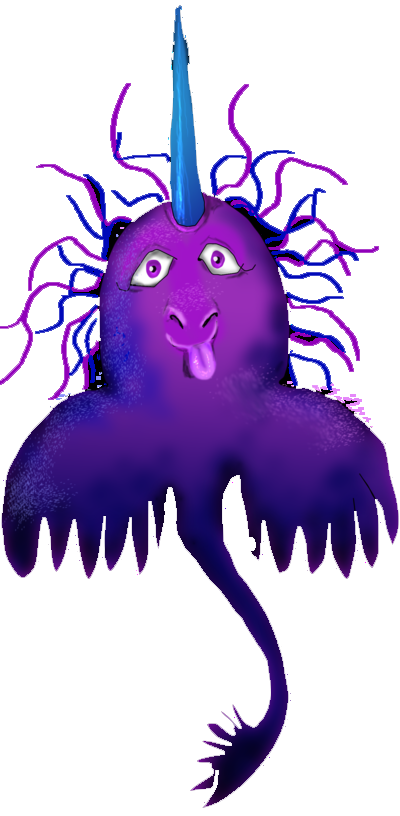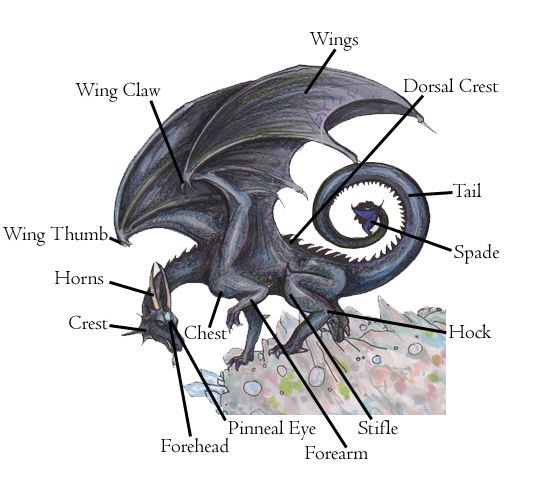The exploration of Mars has revealed some interesting and unique life that is unlike much of what we have witnessed on earth. The early loss of a viable atmosphere and magnetic field left Mar’s surface vulnerable to radiation, chilling temperatures and surface damage. Although the surface may not be home to life, the subsurface which we have just begun to explore has proven to be teeming with creatures. Long ago, volcanic vents allowed water to be trapped below the surface. In fact, due to the deadly radiation, life does not even begin to survive underground until the nine or ten meter mark. At this level, bacterial life has eked out an existence. You do not see more complex lifeforms until you go down to around twenty meters. Most of the water sources toward the surface are highly salinated and cannot support most known life.
Robots known as “trappers” have gone far underground, following the volcanic vents. Of the many vents explored, only three were long enough and traveled deep enough to result in live capture. The Martian Gesyers proved to have seasonal minimal microbial activity with one known “plant” species. Sample lifeforms were captured by “trappers” and many photos were taken of some of the teeming life. Each of the vents had its own ecological system. However, as the cameras moved underground, they opened up into a large chamber. Here, life was thriving. Most of the light was bioluminescent, produced by organisms, mosses and lichens that glowed.
The first lifeform that was discovered as we began were single celled organisms. The first muliticelled organism was nicknamed Pegagerm. These were captured and logged for further information. Additional multicellular creature we found, was in the geysers. There are “plants” formed more simlar to lichen, as they are moss-like yet survive with the much needed support of the Pegagerm lifeforms.

Photographic evidence was captured of some large animal species, multicellular creatures we were not expecting to find. They are distinct from animals found on earth due to their secondary appendages on the back (usually “wings” or “tentacle-like” appendages). Some of the larger animals can survive for short amounts of time outside the water or on the surface, but those are rare.
Vent 23r4, nicknamed Unicorn both for the shape of the vent and for the creatures found in it, contained the most lifeforms. The withers of many other animals regularly support wing-like appendages that allow for flight on Mars, due to its low gravity. The bones of many flying animals are hollow on earth, and it is suspected that this holds true in Mars as well. These hollow bones are supported by internal struts. This improves flight capability by reducing body weight. Most of the creatures have iridescent scales which appear to help reduce the effects of radiation. Bioluminescence is very common, especially among the creatures living beneath Mar’s surface.

The Martian Unicorns, like many Martian animals, are covered in fine scales, fur and feathers. A delicate scaling covers most of the body, with highly developed “fuzz or fur” covering a primary part of the body. Fully developed hair grows along the mane, tail and cannon bones of the unicorn. The unicorns are larger than the griffons but smaller than the dragons. Their horns are believed to be one of the ways that they navigate in the low-light conditions under Mar’s surface. Unicorns rarely venture out of the vents. They are well-suited to life under the surface of mars, but like some of the larger animals, their specialized hair and scales help them reduce the effects of radiation. However, they still cannot survive long. They have specialized hairs throughout their body which flux with bioluminescence. It is unclear the use of this bioluminescence, but it is believed to be related to their mating habits and are most clear on the barrel and wings.
Similar to a “Griffon,” the Martian Griffon is a large creature that seems to spend the most time out of water of many of the Martian creatures. They spend a good amount of time in the vents, and come into the open area to socialize and eat. They are most noted for feathering on the tail which appears to help it maneuver while in flight. They have ears that seem rather “horse-like” in appearance, which it uses to help fly via echolocation as they emit a clicking sound from their beaks. The Griffon also has a rather traditional wing structure, similar to Earth birds.

The “Martian Dragon” is one of the largest and most impressive creatures as of yet discovered. The tail is equipped with a spade which has been shown to be effective in breaking ice during the dragon’s rare travels to the surface. The Dragons appear to be one of the more effective species to survive on the surface of Mars. They use the vents to venture out, and seem to absorb solar rays. The Pinneal Eye may not actually have the same qualities as we observe in lizards on our planet, but it is likely that it still possesses some qualities of light observation. The crest likely conceals what we recognize as hearing faculties. The hock and stifle are longer than would be expected, and it is suspected that it has to do with the climbing the animal does while in the cave systems as they exit.

Dragon Behavior is unique, and they display a remarkable social life. They often display “peeking” while in the water, a behavior to attract others of its kind, as they swim through the water, they display their dorsal spines, and prop up their wing thumbs. The rest of the wing stays in the water and they pump the wings under the water. It appears that the head and body of the creature as well as the appendages “peek” in and out of the water.” This allows the horns, crest and tails spade to flick a large amount of water around.
The “mermaid” visually appears to be the creature most similar to humans. In fact, we only got one photograph of a mermaid and it is the reason the expedition had to pull out of the exploration. Upon viewing the camera, the mermaid immediately moved into an aggressive stance. It was obvious upon observation that the mermaid was intelligent, as it displayed functioning equipment, including clothing and basic weaponry. Flexible wing-like appendages on the creature’s back allow for maneuverability in the water. Surprisingly, the creature showed some minor morphology, similar to an octopus, displaying color alteration and body modification. The mermaid used “peeking behavior” seen in dragons as an aggressive stance toward the camera.

No comments:
Post a Comment